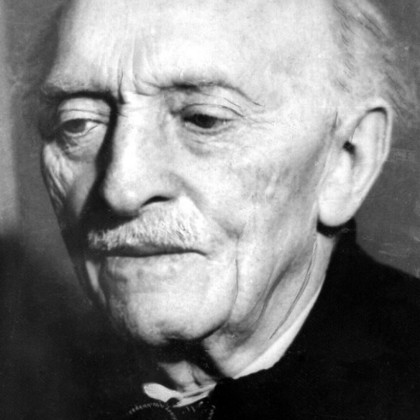Artwork
-
Inquire for pricing
Biography
(b.1867- d.1956)
Emil Nolde, original name Emil Hansen, was a German Expressionist painter, printmaker, and watercolourist known for his religious works and foreboding landscapes. In 1899, Nolde traveled to Paris where he attended the Académie Julian and became acquainted with the work of the Impressionists as well as that of Paul Gauguin and Vincent van Gogh. After a short stay in Copenhagen in 1902, he lived on the island of Alsen in the Baltic Sea in the summers and spent winters in Berlin, creating etchings and crudely drawn, violently colored landscapes, street scenes, and portraits. From 1906 to 1907, Nolde was a member of the Dresden-based German Expressionist group Die Brücke, and in 1910, he participated in the launch of the Neue Secession, an association of Expressionist artists in Berlin. Following a trip with an ethnological expedition to German New Guinea via Russia, China, and Southeast Asia in 1913–14, Nolde moved to the Baltic coast of Germany, settling in 1927 in Seebüll, where he led a solitary life and worked on portraits, atmospheric landscapes, and paintings of flowers
After his memorial exhibition at the Hamburg Kunstverein in 1957, Nolde’s paintings and graphic works were exhibited in major exhibitions at the Museum of Modern Art, New York (1963); Museum of Fine Arts, Boston (1995); Whitechapel Art Gallery, London (1995); Brücke-Museum, Berlin (1999); Grand Palais, Paris (2008); and Nasjonalmuseet for kunst, arkitektur og design, Oslo (2012).
